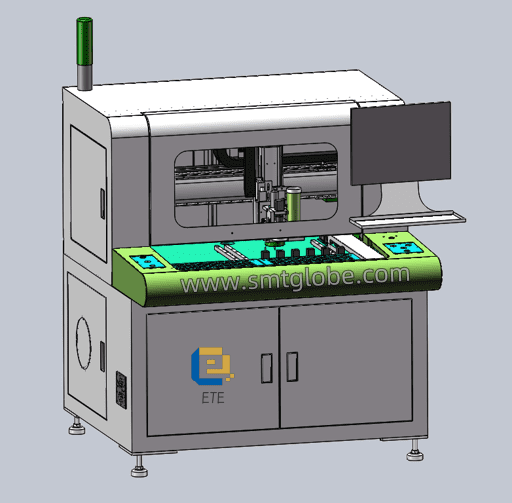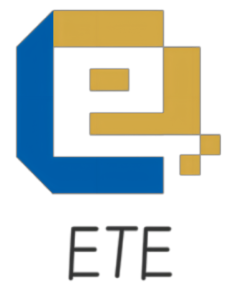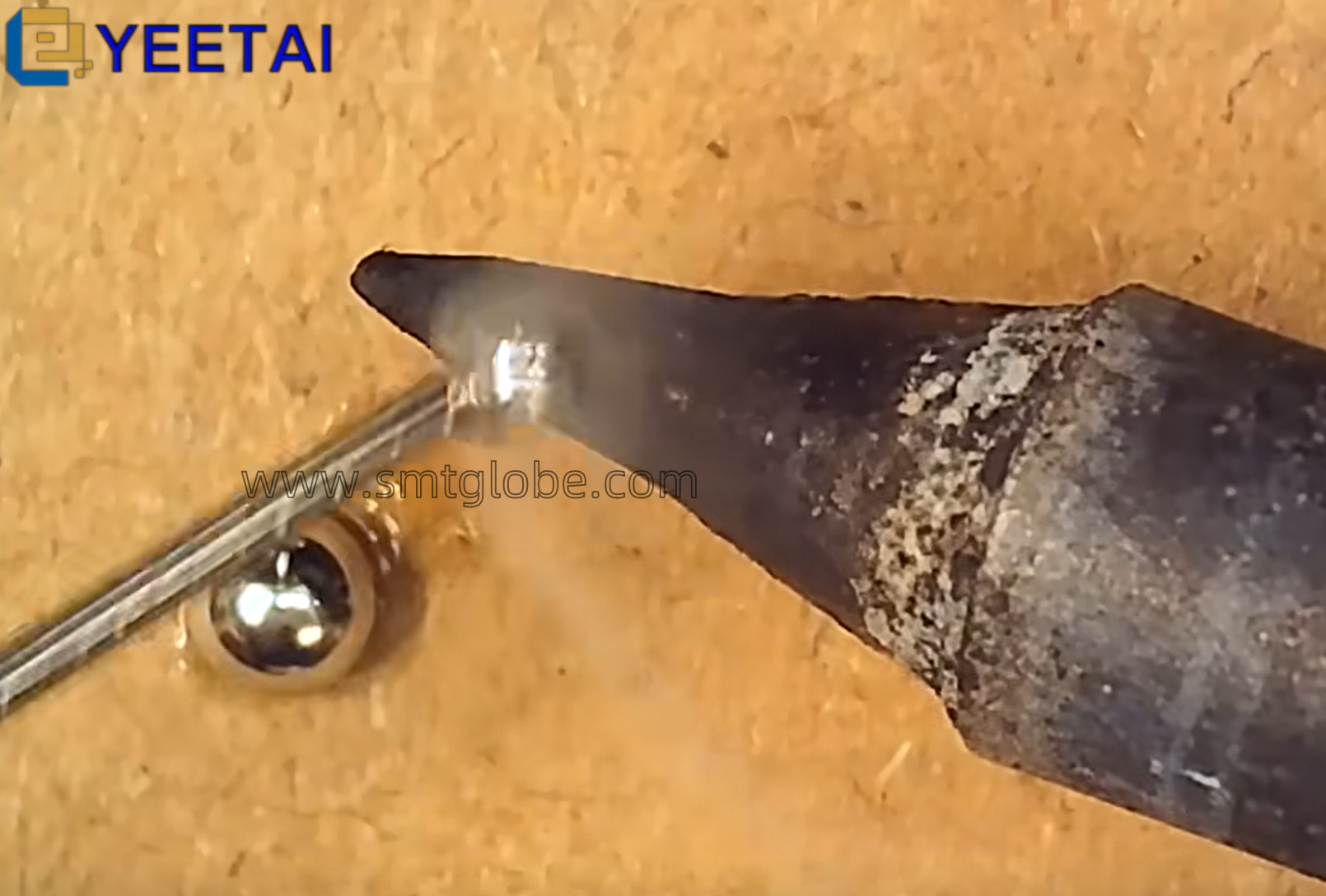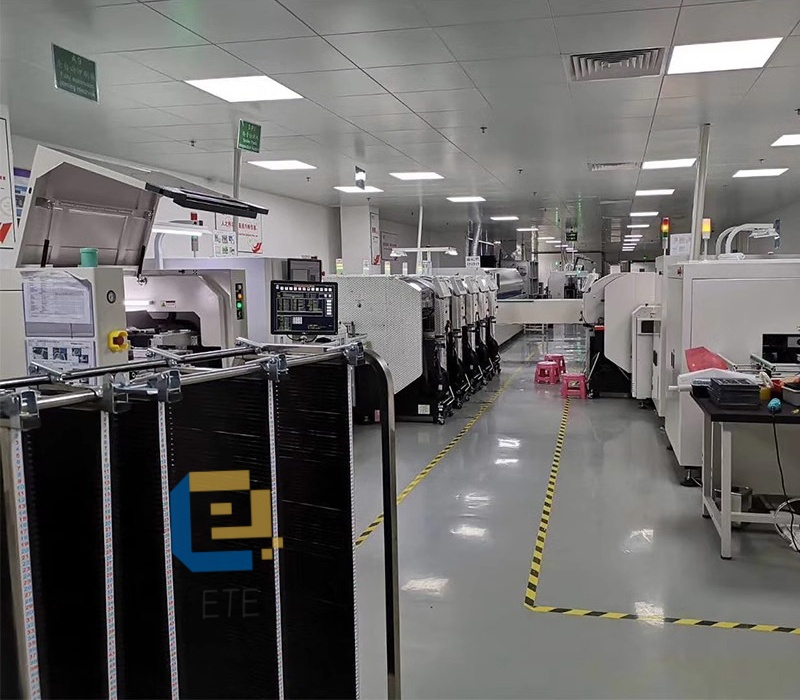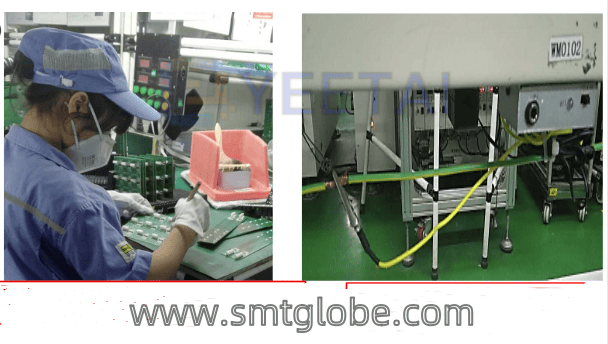PCB assembly (PCBA) depaneling machines are essential devices in electronics manufacturing, specifically designed to separate PCBs that are connected in panels. They play a critical role in ensuring the integrity of the PCBs during the cutting process. By employing blade movement for the cutting, these machines effectively control the stress produced during depaneling, minimizing the risk of component damage and misalignment. Compared to manual methods or cutting with pliers, PCB depaneling machines offer significantly higher quality assurance.
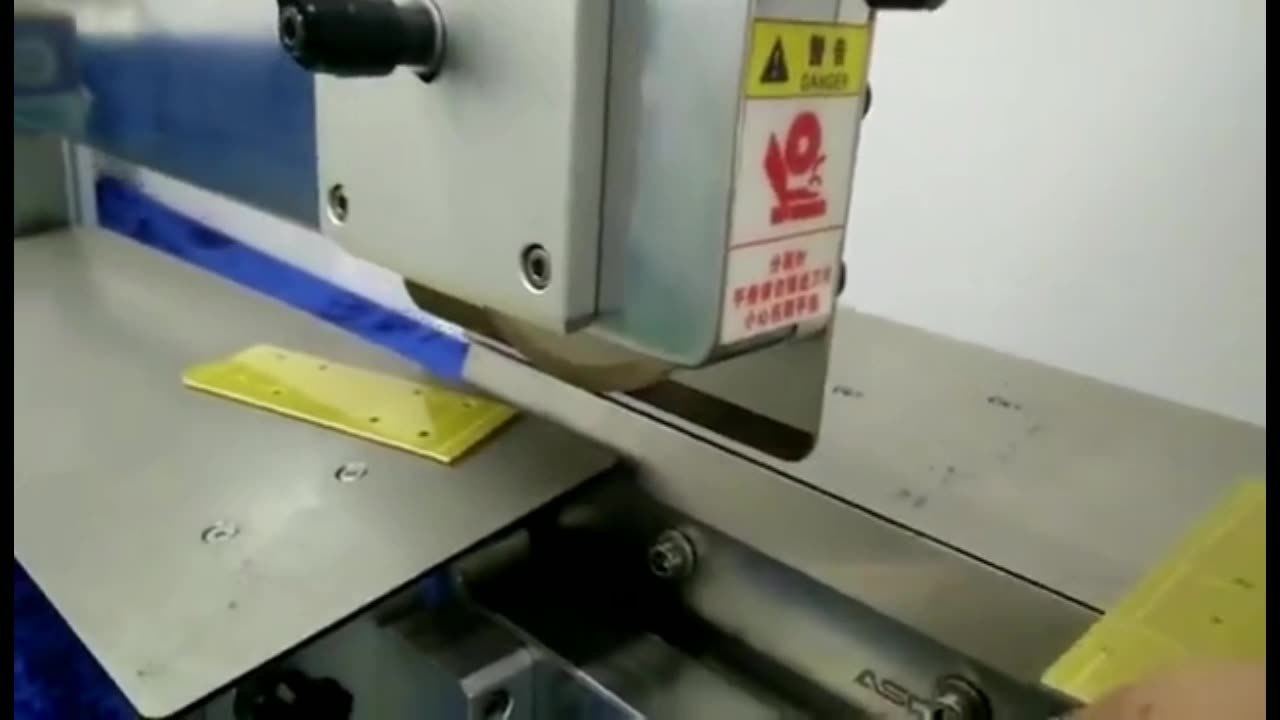
Features of PCB Depaneling Machines
- Stable Operating Mechanism: The design prevents external forces from damaging solder pads, electronic components, and electrical circuits during the cutting process.
- Special Blade Material Design: The use of specially designed circular blades ensures a smooth cutting surface on the PCB.
- Touch-Controlled Cutting Stroke Adjustment: The cutting distance is adjustable through a five-segment touch control, allowing for quick switching between different PCB sizes.
- High-Frequency Eye Protection Lighting: The machines are equipped with high-frequency lighting to enhance the working conditions for operators.
- Enhanced Safety Features: Improved safety mechanisms help prevent injuries caused by operator error.
- Easy Cutting Distance Adjustment: A user-friendly touch button allows for simple adjustments to the cutting dimensions.
- Blade Pressure Adjustment: Using an eccentric cam, the gap between the upper and lower blades can be adjusted from 0 to 2mm.
- Dual-Sided Support Design: This feature provides stable support for double-sided boards during the cutting process.
- Vertical Stop Design: The design includes a backstop that keeps the PCB and the cutting blades perpendicular, improving cutting effectiveness.
- Upper and Lower Blade Guards: Safety mechanisms include light barriers and emergency stop switches for enhanced operational safety.
Applications of PCB Depaneling Machines
PCB depaneling machines are primarily used in PCBA factories for separating assembled PCBA boards after soldering, prior to testing. Unlike some SMT (Surface Mount Technology) assembly factories that ship the panels intact to customers, medium and small-sized PCBA processing facilities often rely on manual depaneling, which poses a greater risk of damaging the PCBA. Employing machines for depaneling provides a more reliable and efficient solution.
Three Major Design Requirements for PCB Depaneling Machines
- Single-Sided Mixed Assembly: These machines accommodate PCBs that feature surface-mounted components or through-hole components on one side.
- Double-Sided Assembly: They support PCBs with surface-mounted components distributed on either one or both sides.
- Double-Sided Mixed Assembly: These machines allow for the placement of both surface-mounted and through-hole components on the A side, with components suited for wave soldering on the B side.
Conclusion
In conclusion, PCB depaneling machines are crucial for ensuring quality and efficiency in PCBA processing. Their thoughtful design and advanced features not only enhance the safety and precision of the cutting process but also cater to the diverse needs of modern electronics manufacturing. As the demand for high-quality PCBA increases, the role of depaneling machines will continue to grow, making them an indispensable tool in the industry.
We are experienced at PCB depaneling. Know more PCB depaneling solutions in our website: www.smtglobe.com
